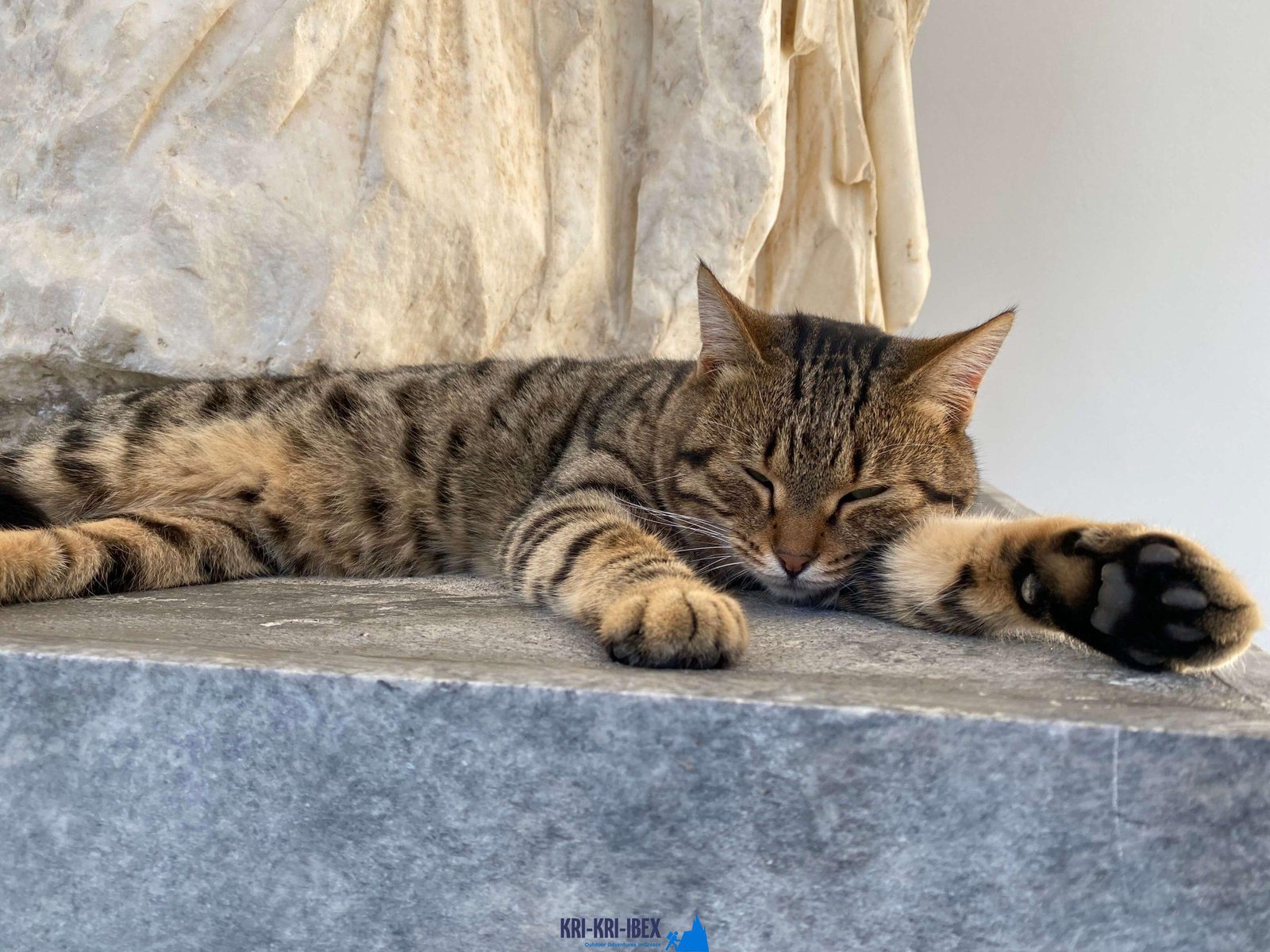Kri-kri ibex hunting in Greece-- your dream vacation
Kri-kri ibex hunting in Greece-- your dream vacation
Blog Article

Hunting for Kri Kri ibex in Greece is an extraordinary vacation as well as an exciting searching expedition all rolled into one. For many seekers, ibex searching is a tough task with unpleasant problems, yet not in this case! During five days of exploring old Greece, diving to shipwrecks, and also spearing, you'll experience lovely Kri Kri ibex on an exotic island. What else could you desire?

Greece is a fantastic nation for tourism, offering various possibilities for site visitors. There are many stunning islands to visit, such as Sapientza, along with cultural experiences and also historical websites to enjoy. Greece is additionally well known for its delicious food as well as wine. Whatever your rate of interests may be, Greece has something to use you.
The first thing you will observe when you get here in the Peloponnese peninsula is the strikingly stunning landscape. The hills, woodlands, lakes, and also rivers make this area a nature lover's heaven. There are likewise plenty of possibilities for treking, fishing, swimming, and also other outdoor tasks. The Peloponnese peninsula is not just concerning its all-natural appeal; there are likewise countless historical and also cultural sites to discover. Don't fail to remember likewise fishing, free-diving as well as searching. A few of the most popular tourist locations in the Peloponnese include ancient Olympia, Epidaurus, Mycenae, as well as Sparta. These locations provide a remarkable look right into Greece's rich background and culture. If you have an interest in finding out more about Greek mythology, then you will most definitely want to go to Mount Olympus, home of the 12 Olympian gods. Obviously, no trip to Greece would be full without attempting some of the delicious food. The Peloponnese peninsula is home to some of the best olive oil on the planet along with feta cheese, olives, honey, as well as wine. Ensure to attempt some of the neighborhood specializeds such as dolma (packed grape leaves), Souvlaki (barbequed meat skewers), as well as Gyro (meat covered in pita bread).
So if you are seeking an authentic Greek experience away from the stress of tourist then look no more than Methoni in The Peloponnesos! Our exterior hunting for Kri Kri ibex, angling, totally free diving and touring Peloponnese excursions from Methoni are the ideal means to explore this stunning area at your very own rate with like minded individuals. Contact us today to book your position on one of our scenic tours.
What is the diference between Kri Kri ibex, Bezoar ibex and hybrid ibex
The kri-kri is not thought to be indigenous to Crete, most likely having been imported to the island during the time of the Minoan civilization. Nevertheless, it is found nowhere else and is therefore endemic to Crete. It was common throughout the Aegean but the peaks of the 8,000 ft (2,400 m) White Mountains of Western Crete are their last strongholds–particularly a series of almost vertical 3,000 ft (900 m) cliffs called ‘the Untrodden’—at the head of the Samaria Gorge. This mountain range, which hosts another 14 endemic animal species, is protected as a UNESCO Biosphere Reserve. In total, their range extends to the White Mountains, the Samaria National Forest and the islets of Dia, Thodorou, and Agii Pandes.
This Ibex is NOT a diminutive form of the Bezoar Ibex, which has migrated into the western-most reach of the range of this species. The kri – kri (Capra aegagrus cretica), sometimes called the Cretan goat, Agrimi, or Cretan Ibex, is a feral goat inhabiting the Eastern Mediterranean, previously considered a subspecies of wild goat. The kri-kri has a light brownish coat with a darker band around its neck. It has two horns that sweep back from the head. In the wild they are shy and avoid tourists, resting during the day. The animal can leap some distance or climb seemingly sheer cliffs.
“The agrimi goat Capra aegagrus cretica is unique to Crete and its offshore islands. It has been identi®ed as a sub-species of the wild bezoar goat Capra aegagrus aegagrus Erxleben, 1777, which it closely resembles in horn shape, body form and coloration. This classi®cation has been disputed by some researchers who claim that the agrimi are feral goats, derived from early domestic stock brought to the island by the ®rst Neolithic settlers. In order to clarify this issue, DNA analyses (cytochrome b and D loop sequences) were carried out on tissue of live and skeletonized agrimi and compared to sequences of wild and domestic caprines. Results conclusively show the agrimi to be a feral animal, that clades with domestic goats (Capra hircus) rather than with wild Asiatic bezoar. This study demonstrates that morphometric criteria do not necessarily re¯ect genetic af®nities, and that the taxonomic classi®cation of agrimi should be revised.”
Report this page